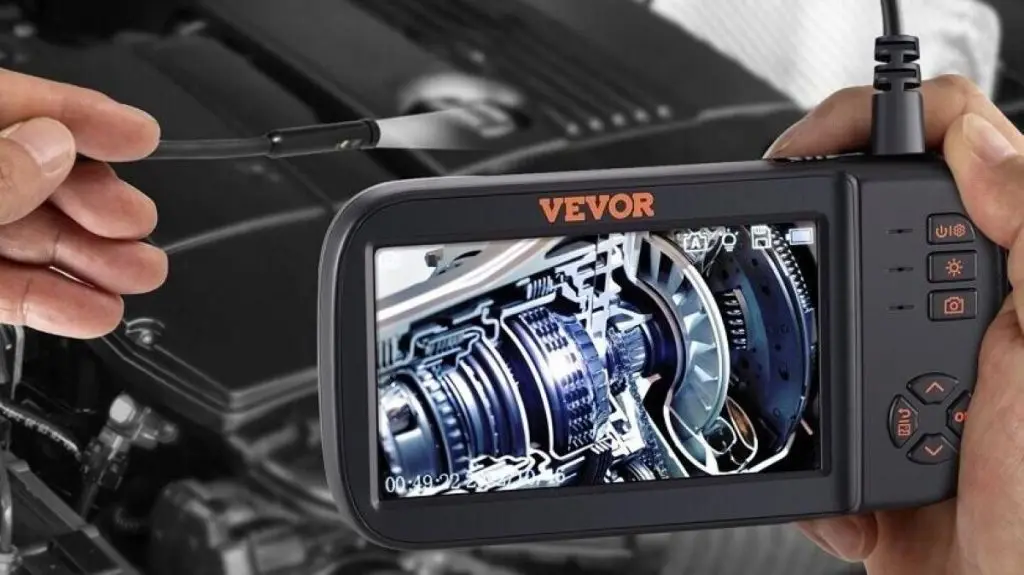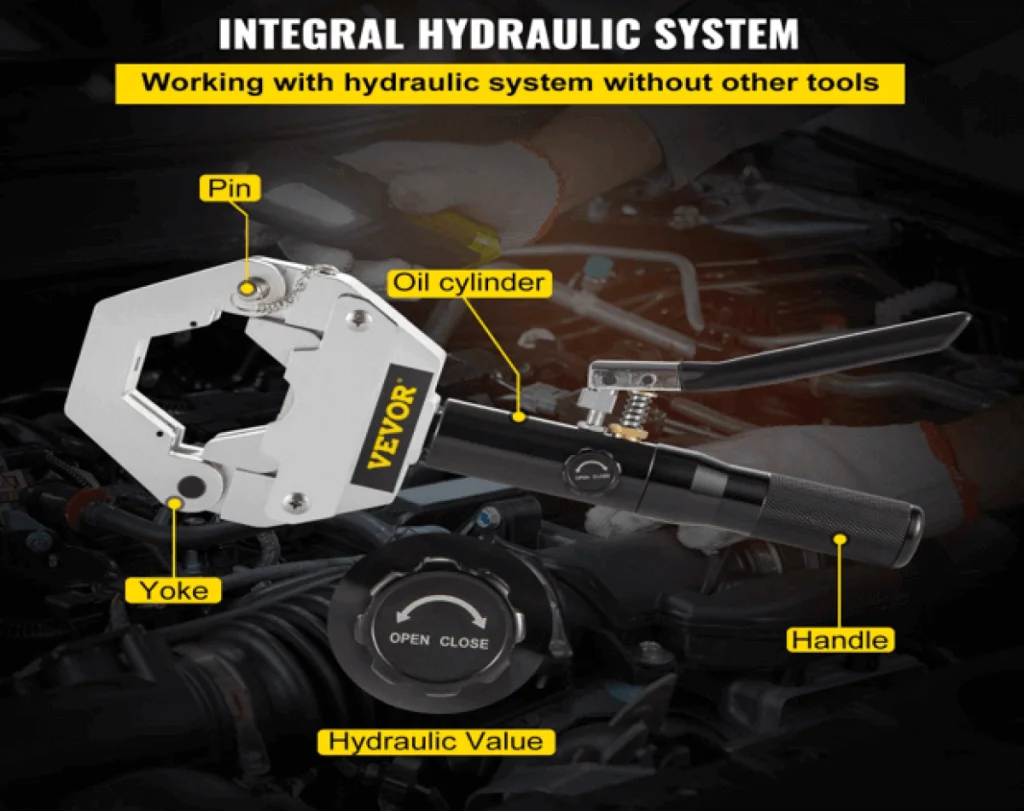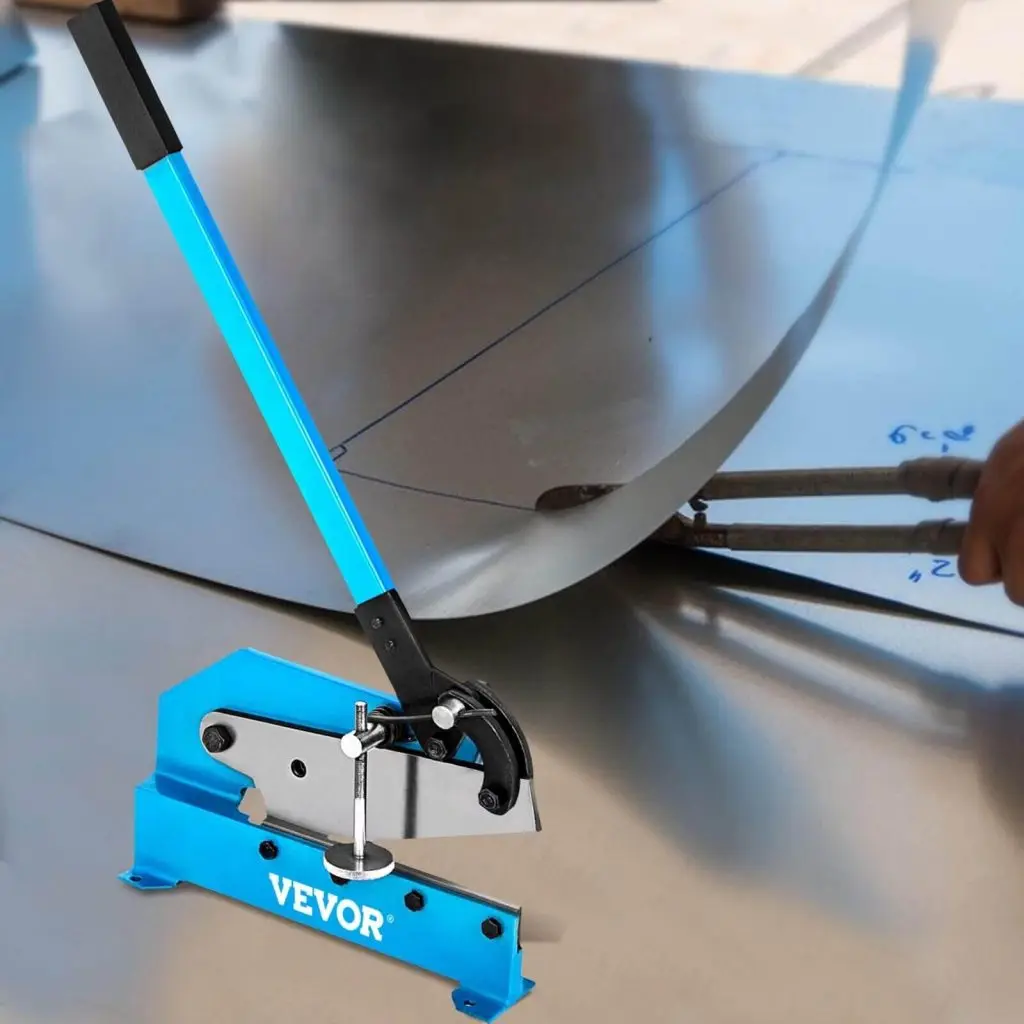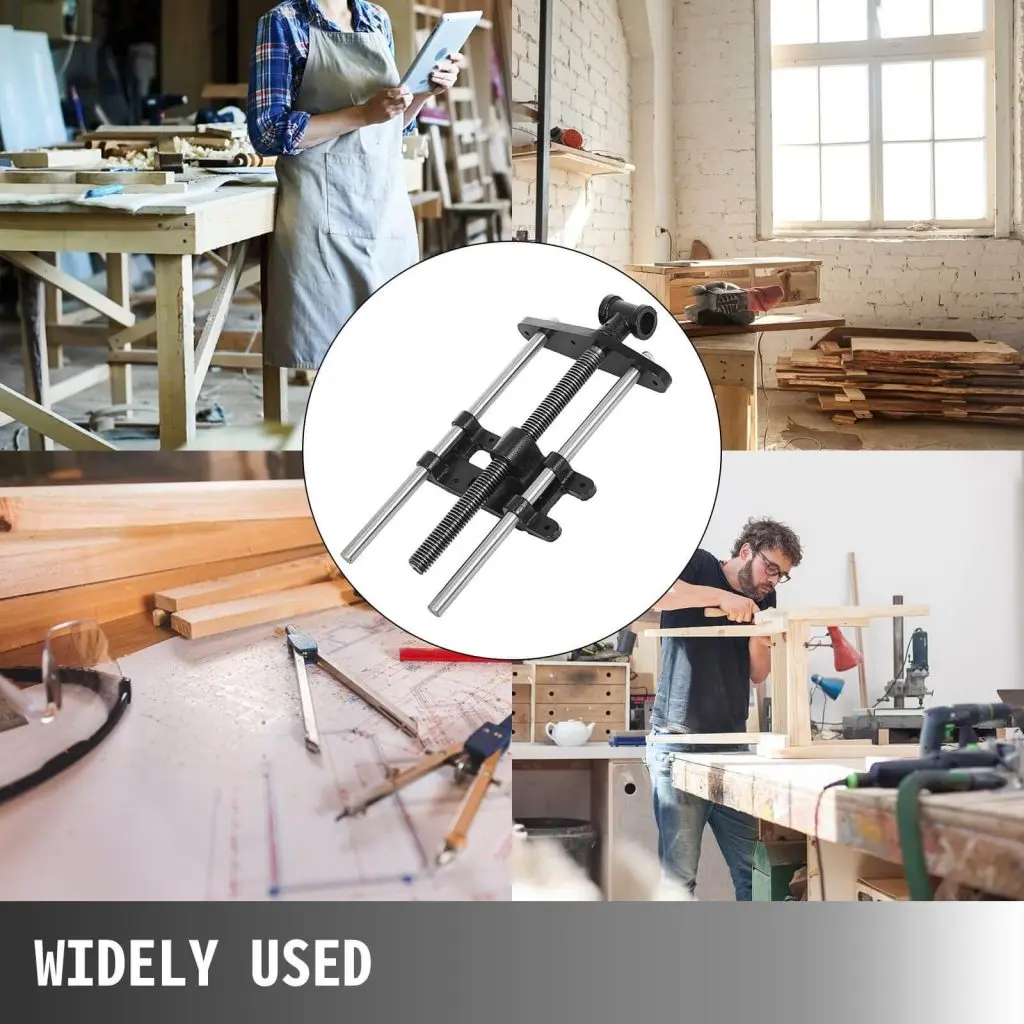If you are not new to the metalworking industry, you probably know about belt grinders and sanders already. Basically, they are sharpening tools that appear similar in many ways, but there are several factors that set them apart.
Let me guess – you want to buy one, and you’re here because you want to compare a belt sander vs. a belt grinder. You might be wondering which fares better and is more suited to your needs.
Before we delve into that discussion, it is necessary to note that you need to consider motor power and belt speed, no matter which one of these machines you buy. VEVOR’s belt grinders stand out due to their efficiency and ability to retain optimal speed for fine performance.
Table of contents
Decoding Belt Grinders and Belt Sanders
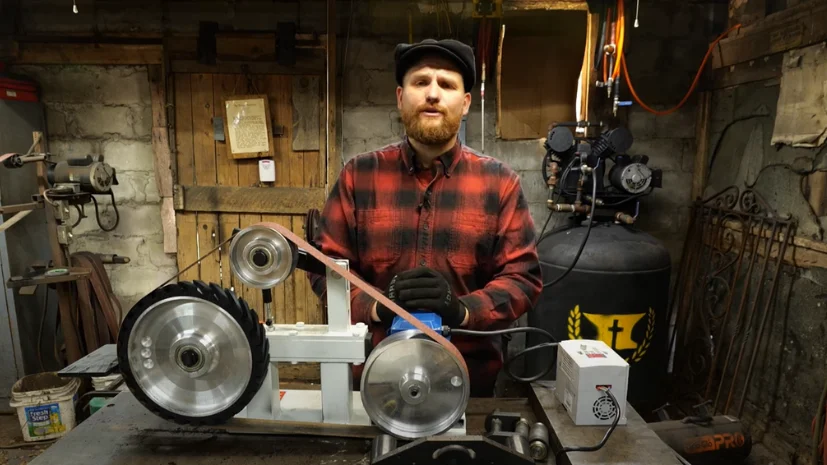
Choosing between the two tools requires comparing their purposes and what they offer. Let’s unveil the basic functionality of belt grinders and sanders:
Unveiling the Belt Grinder
A belt grinder or a bench grinder is a tool for shaping and grinding metals, to be specific. They are perfect machines for tasks like metal removal, sharpening, precision grinding, and knife making and sharpening. They are capable of repairing tools and smoothing out welded joints and defects.
It has abrasive metal-coated straps and works by attaching a grinder to a workbench or some other kind of mount. Furthermore, it has two stone wheels on either side of the motor’s housing and a metal belt. Since these machines operate on hard and rigid surfaces, they have powerful motors to match that sturdiness.
Demystifying the Belt Sander
On the other hand, a belt sander is for sanding thick layers of paint and can smooth out coarse surfaces at a quick rate. They can handle sandpaper of very coarse grit and sand both width and against the grain. The texture of the belt moves on the surface, strips away the coatings, and leaves a smooth finish.
A belt sander can be a tabletop tool or a portable machine with a powerful motor. It features two tube-shaped drums and a coarse paper that moves smoothly at a speed of 3,000 surface feet per minute. One of the drums is powered by a 10-amp electric motor, whereas the other is spring-loaded to sustain pressure on the belt.
Head-to-Head: Belt Grinder vs. Belt Sander

When comparing belt grinders vs. belt sanders, it is necessary to compare specific features and capabilities of each to compare against your needs and preferences. Here’s a closer look at some of the specifications that might help you differentiate between the two machines for better decision-making.
Power and Precision Face-Off
With high horsepower, belt grinders are perfect for heavy metalwork, aggressive material removal, shaping, and grinding in metal fabrication, knife making, and other industrial applications. On the other hand, sanders have lower horsepower and are more suitable for less aggressive activities, like material removal, surface smoothing, and finishing in woodworking or plastic applications.
Both machines are highly efficient and precise, but their scope of application varies greatly. Belt sanders complete tasks with high precision but may not offer the level of precision required for intricate metal shaping or knife making. For precision in aggressive material shaping and grinding, belt grinders do a better job.
Material Mastery: Surface Finish and Removal
Well-suited for tasks that require precision in metal fabrication, belt grinders work best with steel, stainless steel, aluminum, and other alloys. On the contrary, belt sanders are more famous among professionals who master materials like wood, plywood, and particleboard.
From coarse to fine, a wide range of surface finishes fall under the work scope of belt grinders, depending upon their abrasive belts. Belt sanders may also cover various types of surfaces but in softer materials. They are suitable for tasks like leveling surfaces and removing imperfections.
Belt Grinders vs. Belt Sanders: Versatility Unleashed
Belt grinders can use a variety of abrasive belts, such as ceramic belts, for high-performance grinding. Different belt materials with different grits can help you work with several materials and perform a wide range of tasks.
Belt sanders can also utilize variable sanding belts with varying grit. The best thing about these tools is that they can be portable and stationary, gaining extra versatility points.
Choosing Your Champion: Grinder vs. Sander
Now that you are aware of the basic differences between a belt grinder and a sander, it is time to choose one that suits your preferences. Here is a list of factors to consider while picking any one machine for yourself:
- Work Material: The primary consideration for choosing between the two machines is your workpiece material. If you often work with metals, you might need to buy a belt grinder. However, a belt sander might be more suited to your needs if you are interested in woodcraft.
- Intended Use: A belt grinder is attachable to a workspace and is usually stationary. So, these machines are perfect for grinding and shaping. However, a belt sander can be both hand-held and fixed. They make an excellent choice for removing scratches and paint, shaping, and finishing.
- Your Project: Consider making a choice based on the activities you’ll be performing. If you work with heavy-duty surfaces such as metals, buy a belt grinder to do the job. On the contrary, a belt sander will be a good choice for wood-related tasks.
- Workspace and Power: You cannot make a truly informed purchase decision without considering your available workspace and power supply. For instance, belt grinders have large motors and are more powerful, requiring more space and electrical power.
- Budget: Whether a grinder or sander, you cannot invest in a tool without considering its affordability. Belt grinders tend to be more expensive due to their higher power and robust construction.
Maintenance Tips and Best Practices
Whether you are a professional or a DIY enthusiast with a belt grinder and sander, you must care for your machine like any other tool.
- Routine Inspections: The first step to ensuring the longevity of any tool is routine inspections for the signs of visible damage. For that purpose, turn the machine on and closely observe the belt, its movement, and signs of wear. Also, look for the wires and plugs for any cracks or heat damage.
- Use an Air Hose: While grinding or sanding, dirt and debris can accumulate inside the machine, which is lethal to its performance and durability. Such accumulations can strain the motor and cause other malfunctions. Compressed air is an effective way to dislodge such stacks from the intricate parts of the machine.
- Clean and Store Properly: Humidity can be detrimental to a machine’s lifespan, so store it in a dry place. Moreover, ensure that your belt grinder and sander are dust-free even when not in use. It is better to disassemble the device if you don’t intend to use it for a long time.
- Refrain from Misusing: Like any machine, misusing a belt sander and grinder will lead to damage and malfunction. For instance, applying too much force while operating the tool can damage it permanently. Moreover, insufficient tension along sanding or abrasive belts can lead to wear and tear.
What if You Neglect to Maintain Your Machine?
Negligence in maintaining your belt grinder or belt sander can affect its performance, efficiency, and safety. The belts will become damaged, resulting in slower material removal, uneven finishes, and decreased overall effectiveness without proper maintenance.
Moreover, a poorly maintained machine poses safety risks, such as accidents, injuries, or damage to the workpiece.
Why Choose VEVOR’s Belt Grinder?
Overview:
The 3-in-1 VEVOR Belt Grinder is a heavy-duty tool for three types of grinding – circular grinding, arc grinding, and flat grinding. You can easily switch between the types according to your needs without having to worry about precision and performance. The machine includes a high-quality abrasive belt and a sturdy steel construction that will last long.
A 1500W powerful copper motor runs smoothly at low noise, ensuring a stable belt speed between 0 to 2800 RPM. A high yet stable belt speed ensures the efficiency and precision of the grinding process and generates satisfactory results.
What’s so great about it?
Before anything else, the VEVOR belt grinder is easy to disassemble and convenient to operate.
Another great thing about the device is that it is versatile because it can accommodate all types of belts, making it an excellent option for all your needs. You can work with metals, wood, acrylic, and other materials once you have selected the appropriate abrasive belt.
Summing Up
After comparing the belt grinder vs belt sander, there is no final verdict to declare which tool is better than the other. Therefore, you have to make your decision based on your preferences, needs, and expectations. For some, especially the ones that work with a variety of materials, a belt sander is a great choice due to its versatility.
VEVOR offers multiple options in both categories in a single place. VEVOR grinders and sanders are durable, heavy-duty, and affordable. These high-powered machines ensure efficient grinding and sanding and also help you add precision to your work. Check our website before they stock out!
Stay updated! Subscribe for the latest blogs and special offers!
